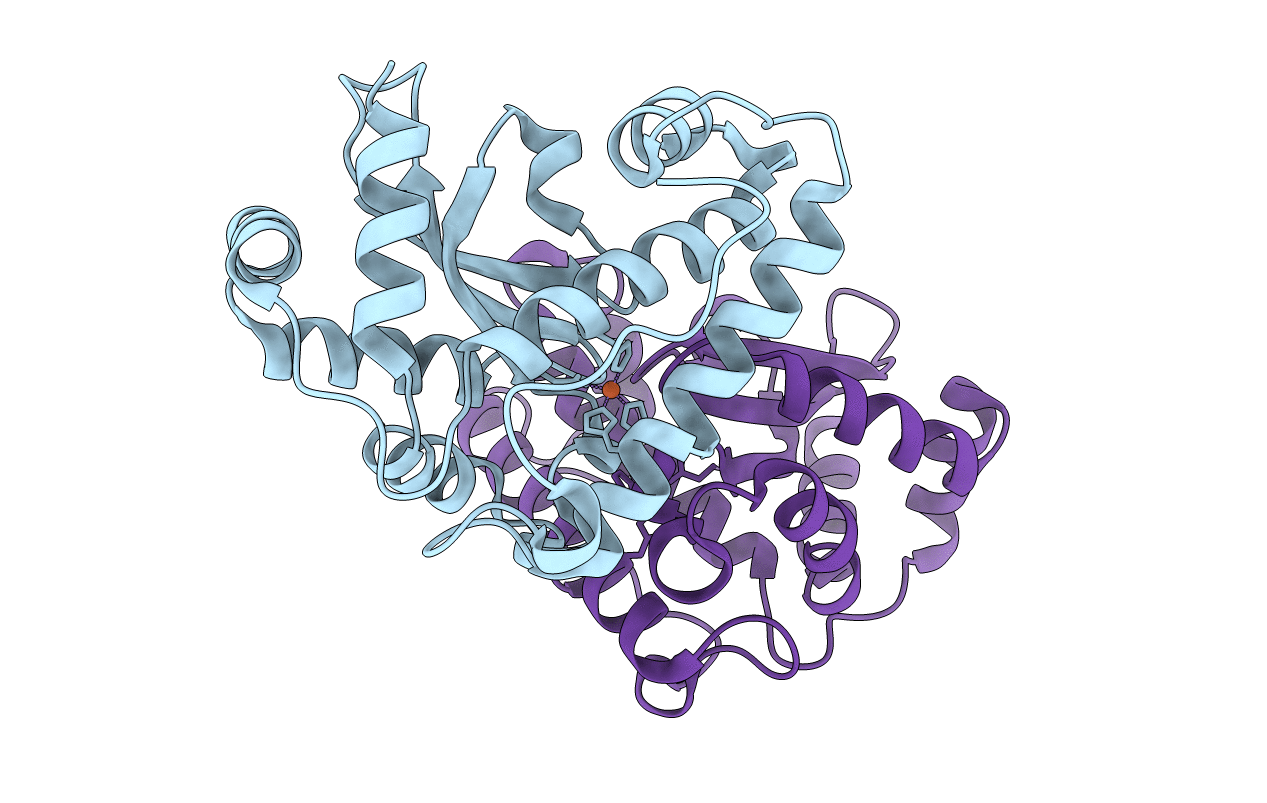
Deposition Date
2012-02-23
Release Date
2013-03-27
Last Version Date
2023-09-13
Entry Detail
PDB ID:
4DVH
Keywords:
Title:
Crystal structure of Trypanosoma cruzi mitochondrial iron superoxide dismutase
Biological Source:
Source Organism:
Trypanosoma cruzi (Taxon ID: 353153)
Host Organism:
Method Details:
Experimental Method:
Resolution:
2.23 Å
R-Value Free:
0.22
R-Value Work:
0.16
R-Value Observed:
0.17
Space Group:
P 1 21 1


